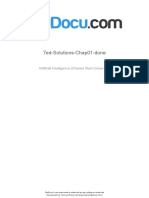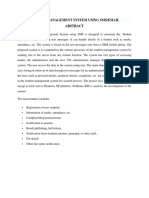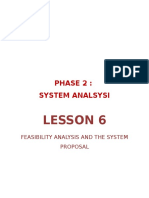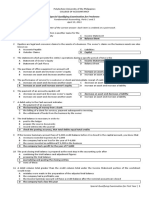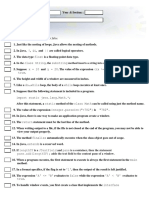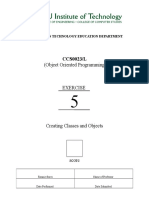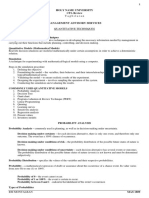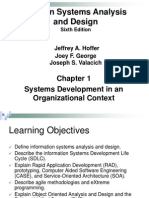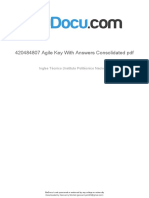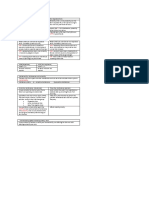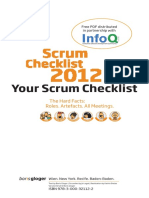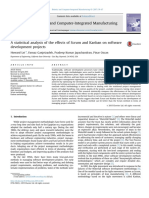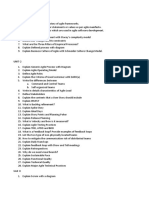0% found this document useful (0 votes)
577 views37 pagesModule 1 - The Systems Development Environment
sdlc
Uploaded by
Arshen NaiduCopyright
© © All Rights Reserved
We take content rights seriously. If you suspect this is your content, claim it here.
Available Formats
Download as PDF, TXT or read online on Scribd
0% found this document useful (0 votes)
577 views37 pagesModule 1 - The Systems Development Environment
sdlc
Uploaded by
Arshen NaiduCopyright
© © All Rights Reserved
We take content rights seriously. If you suspect this is your content, claim it here.
Available Formats
Download as PDF, TXT or read online on Scribd
/ 37


